How to Create an Amazon Storefront: A 6-Step Guide
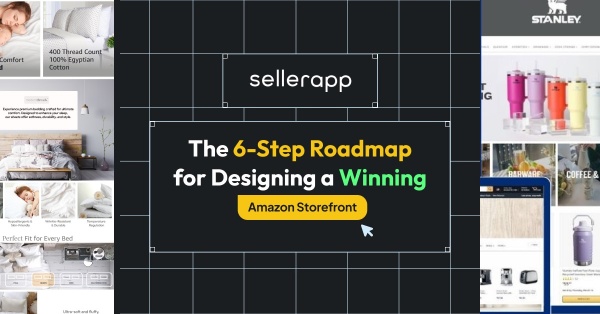
Want to maximize your brand impact on the 310 million Amazon customer base? Learn how to make an Amazon storefront and stand out! Fundamentally, it’s important to note that simply listing your products on Amazon is not enough— it’s rather just the starting point. Ultimately, you will need to create a branded storefront that can elevate the customer experience, opening your audience up to newer, more refined shopping experiences.
Moreover, the strong visual appeal of a brand store helps create a deeper impact on customers, which in the process, fosters brand recognition and loyalty. An Amazon Storefront can help you share your mission, values, and brand story. Of course, it also serves as a platform that can help you showcase everything your brand has to offer (as lists, collections, and best sellers), encouraging more sales. Amazon’s dedicated tools, such as Enhanced Brand Content (EBC) & Amazon A+ Content, help you better communicate the unique value proposition of your product.
So, learning how to make an Amazon Storefront will set your brand up for assured success. In this guide, we will take you through the prerequisites, benefits, step-by-step process of setting up an Amazon Storefront, and much more. Let’s dive in!
What is an Amazon Storefront?
An Amazon storefront is essentially a dedicated webpage for a particular brand within the Amazon marketplace. Sellers can use this storefront to showcase their entire product line. Moreover, sellers can use this as a platform to extensively share their mission, values, and brand story to engage their target audience.
When it comes to an Amazon Storefront, brand owners have complete control over the narrative. Of course, you still have to stick to Amazon’s guidelines. By crafting a good narrative, you can effectively differentiate yourself from the other competitors in your category.
When done right, this storefront can look like a one-stop shop for your customers. On a separate note, Amazon storefronts are not solely available to Sellers and Brands. Amazon influencers can also have a brand Storefront where they can promote their recommendations.
For non-brand owners, you do not require a Brand Registry. But you can create a dedicated Amazon Storefront only if you’re selling brand registered products (items from brands that have Amazon Brand Registry protection). You will not have access to certain perks, such as brand storytelling sections or a unique URL.
Say Omnitech Retail is a reseller that’s selling watches on Amazon. Being a non-brand owner, they’re only allowed to have their storefront or get it promoted by influencers. They can only promote Brand A on their storefront if Brand A has successfully undergone the Amazon Brand Registry.
However, before you create a dedicated Amazon storefront for your brand, here are a few points that can help you understand this feature better.
- With Amazon Storefront, you are free to incorporate branded visuals to highlight your exclusivity like taglines, logos, etc. You can further include lifestyle images, creative visuals, and videos to further enhance its effectiveness. Here, the goal is to reflect your brand identity with the best storytelling practices.
- Amazon storefront is designed to look like a catalog that holds all your product offerings.
- The customization options allow personalized interactions via features like Amazon Posts and Brand Tailored Promotions.
- Amazon Storefront lets you create multiple pages (3 levels maximum) for showcasing your brand as well as products. You can customize the shopping experience depending on what your business needs and resonates with. For example, if you have a wide variety of offerings, you may have to utilize all 3 levels of subpages. Whereas, if you own a niche brand with only a few high quality products, you may only need one.
- While the Homepage can be your brand’s home (like in individual websites), Category Pages help in organizing the products right way. For example, a Featured Products page can include top-performing items, and a separate About Us page can help you narrate your brand’s journey, deals & promotions, etc
- The storefront for your brand will not show any ads from your competitors.
- Brand owners get access to valuable data insights regarding traffic sources through Amazon’s Store Insights dashboard.
- Easy opportunities for cross-selling and upselling.
- You get a simple and intuitive Amazon Store builder, which helps you set up the Storefront seamlessly in drag-and-drop action, as templates are simple and easy to use.
- Since it has a set of templates to choose from, you don’t have to know coding or programming to create one.
Note: Setting up an Amazon Store is easy, completely self-service, and absolutely FREE for any Amazon seller or vendor and even influencer who owns a brand.
If you’re wondering how to search storefronts on Amazon app? The option is visible on the product page.
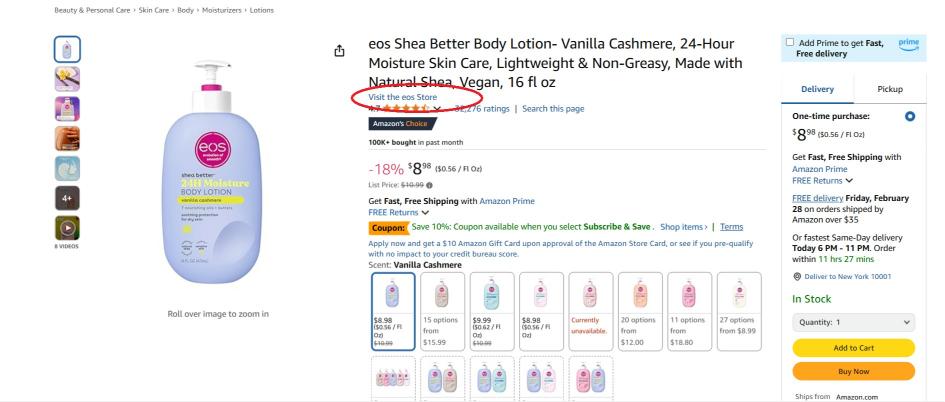
Amazon storefront requirements
To set up an Amazon Storefront as a brand owner, you need to be enrolled in the Amazon Brand Registry and need to have a professional seller account. Most importantly, make sure you have a government-registered trademark before you register your brand on Amazon. It is among the top Amazon Storefront requirements.
To set up an Amazon storefront, you’ll need:
- Trademark Registration Number for verification
- HD images and videos of your products, brand’s logo, product packaging, and more. Separate images and infographics from your brand store.
- Your product categories.
We recommend you check out Amazon’s creative guidelines, as it can help you overcome any roadblocks you might run into while setting up the store.
However, for influencers, you need to be approved for the Amazon Influencer Program, and you must have an active Amazon Associate account.
How to create an Amazon Storefront step-by-step
Follow these 6 quick steps to understand how to set up an Amazon storefront:
Create a professional seller account
To create an Amazon storefront, begin by signing up for a professional seller account. Once you provide basic details like name, password, email address, payment information, and business contact details,
Enroll your brand in Amazon Brand Registry (only for brand owners)
As Amazon approves your professional selling account, the next step in setting up your Amazon Storefront is to apply for the ABR (Amazon Brand Registry) program in case you own a brand. The ABR program offers different tools to guard and improve your brand on Amazon.
So, once you register your brand, you can create enhanced content for every product page, like lifestyle images, brand messaging, and many other assets.
Create Storefront Amazon
- Log in to Seller Central
- Go to the ‘Stores’ section and click ‘Manage Stores’.
- Click “Create Store” and choose your brand from a list of registered brands if you’re a brand owner. Your brand will only appear if enrolled in the Brand Registry. For non-brand owners, click on ‘Create Store’. Choose whether you’re selling products from a single or multiple brands. You create a multi-brand storefront if you’re selling more than one brand.
- Now, you’ll be redirected to the Store builder.
- This first step is to enter your brand display name and brand logo. Then, click “Next.”
Create your homepage
This is what customers will see first on entering your Storefront. So we recommend you mindfully design it as it is considered to have the most impact on customers.
At this point, Amazon will give you a few different templates to choose from; you can tell a story about your brand, highlight a best-selling product, or display all of your products at once in a grid. This option is ideal for an emerging brand trying to make a quick entry.
Or, you can also start from scratch with a blank page and do it all by yourself. You can add end-to-end customization if you have a dedicated web development team.
You can use drag-and-drop modules present in Amazon’s Store Builder (for brand owners)
Your design is meant to remain consistent and well-adapted to the mobile and desktop interface.
Complete the Amazon storefront for your brand
Repeat the previous step for the category and subcategory pages to create a hierarchy.
As you know, the ‘Home Page’ is the default— click on ‘add page’ to add subcategory pages. We’ve added the ways you can optimize these pages in out following segments.
Add the content tiles to every page
Once you have established a proper hierarchy of your pages (keep in mind that they should be customer-friendly with easy navigation), the next step is to add content tiles to every page.
Content tiles are basically the content that a customer can interact with on every page of your store. These include these and populate the pages that you create:
- Images
- Titles
- Product grids (example: bestsellers)
- Galleries
- Video
- Navigation
Upload your products
Once you have the design layout of various pages ready, it is time to add your products. You will also have to structure your storefront with logical subcategories to help customers browse easily. To make navigation easier, use header images and category banners. In addition to that, feature your top-performing products on the homepage, use dedicated sections for new arrivals, bundles, or discounts.
If your products are listed, you can easily enter them into your storefront one by one, searching by ASINs.
Recommended guide: How to update UPC on Amazon.
Submit your Storefront for review
Once you are done building out your new Amazon Storefront, the last step is to click “Submit for Publishing.” Click on the Store Preview option to check what your designed page is like.
Once you make sure the images, on clicking, lead to the product page as intended, it is good to go. Check for these points before you hit submit:
- Grammatical errors
- Spelling mistakes
- Branding or image inconsistencies
- Issues with navigation, product images, and content tiles
Once it’s approved, it will be published for customers to see on Amazon. It usually takes 2-3 days to get approved. Amazon may also surprise you by approving it within a day. And that’s how you’ve learned how to make an Amazon Storefront.
Benefits of Amazon Storefronts
The main purpose of creating an Amazon Storefront is to drive shopper engagement. Brand owners create a dedicated Amazon Storefront for buyers to learn about the different products they offer, all under one page. It adds to their convenience.
Additionally, a Storefront provides an excellent brand-centric shopping experience on both mobile and desktop platforms.
Amazon Storefront elevates the experience of shoppers by:
Curated brand experience via showcasing of brand catalog for brand owners
Buyers can view the entire brand catalog via a storefront experience. Brand owners can create a virtual experience mimicking a real-life shelf where each shelf represents a category. Each sub page can represent separate categories, and it makes it easy for the buyers to browse through products.
You, as a seller, connect better with customers via storytelling, plus it boosts engagement as they build a genuine connection with the brand in the process. A storefront may contain dedicated sections for better storytelling via text or videos (certain sections are limited for resellers but elaborate for influencers and brand owners).
Amazon Storefront opens up new ways for sellers to implement cross-selling and upselling strategies to increase overall sales. It is also an excellent way of introducing customers to new products, new launches, and seasonal products for better sales, increasing potential sales.
No competitor ads
Amazon storefront is a space exclusively dedicated to a specific brand. Whats better is the space is devoid of any advertisements from the competitors. As a result, customers, while focusing on your brand, are less likely to be distracted, leading to better sales.
Creative branding
Branding is an essential tool for creating a lasting impression on target customers. With Amazon Storefront you have the chance to leverage different branding strategies to reach your audience more effectively and encourage them to choose your brand over your competitors. Use colored themes that align with your brand, interactive visuals, and more to make an impact. Or you can use the expert assistance of SellerApp Amazon Marketing Agency to make your brand stand out.
Go to our dashboard, choose ‘Consultation & Development’ and choose ‘Brand Consultation’ to make a noticeable impact on your brand presence.
Drive traffic directly to your Storefront
Using Amazon’s marketing tools, such as Sponsored Brands or Sponsored Display, brand owners can grab attention toward your Amazon Storefront. It is important to familiarize yourself with different tools and tactics to make the best use of Amazon’s Storefront features.
Running and managing Amazon Ads for all your products can be challenging if you want to ensure minimal wasted ad spending. So we recommend our Amazon PPC management services for creating maximum impact within a moderate ad budget.
Driving traffic should not solely depend on Amazon marketing tools.
As influencers, you can share it via social media channels, maximizing interaction and page visits. For sellers, using tools such as email marketing, social media ads, etc, you can send a huge amount of traffic directly to your storefront. As a result of this, you can make more sales.
Sellers can also share content on TikTok or Instagram and share their storefront links via stories or bio.
But where to find influencers who can best represent your offerings?
SellerApp’s Influencer Outreach program is here to connect you with the best influencers, ofcourse considering your product category and sponsorship budget and other areas of business. Head over to the dashboard and click on ‘Services’ which will take you to this page.
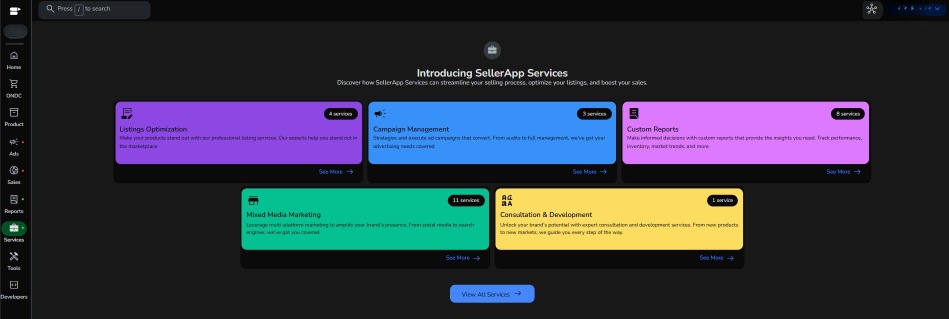
Then choose ‘Mixed media marketing’ and click on ‘Influencer outreach program’ to request a call from our Amazon Marketing Agency team and take a step towards mazimixing engagement via social media channels.

Measurement of off-site marketing performance
Tools such as Amazon Attribution can help you gain deeper insights as it tracks the performance of the traffic sent to your Amazon via social media and other channels. Isn’t it super efficient?
It helps you understand the effectiveness of other marketing collaterals besides Amazon ads like the off-site promotional strategies such as social media-led traffic and off-site paid ads.
Mobile-friendly design
The easy drag-and-drop customization for the storefront is equally effective in designing a consistent mobile and desktop experience. A 2024 study by Statista shows 18 million Amazon app downloads on iOS and Android devices, so no storefront optimization is complete without testing it on the mobile interface.
Increased perceived value
A major aspect of branding is about increasing the perceived value.
This can be cultivated by the correct usage of Amazon Storefront. It might not be the primary intention while understanding how to create an Amazon Storefront, but it gives a professional look to your presence on Amazon. It has prominent effects on your audience subliminally.
That is a simple way to create a positive association of the brand in buyers’ minds. So understanding how to set up Amazon Storefront for brand owners is essential.
Higher conversion rates
The combination of product categorization and brand storytelling features offered by the Amazon Storefront and its correct usage leads to the numero uno goal of marketers— high conversion rates.
With Amazon Storefront, the focus is always going to remain on your products, and your customers are more likely to add multiple products from the same brand to the cart.
Easy performance insights from the dashboard
Amazon’s Brand Store Insights give a transparent view of traffic performance, sales overview, and page visits, including other metrics/KPIs of your Storefront. It helps you to make your branding decisions data-driven. Let’s take a look at it broadly.
What metrics can you find in Amazon’s Brand Store Insights?
Amazon Store Insights offers clear metrics related to your products, which include:
- Visits: Total number of visitors to your Amazon storefront
- Dwell Time: Average duration visitors spend at your storefront.
- Page Views: Total number of times your storefront pages are opened.
- Sales: Total revenue collected from your storefront.
- Sales per Visitor: Shows purchase behavior and conversion count.
- Bounce Rate: Percentage of visitors who navigate away from your store after viewing only one page.
- Units Sold: Total number of products purchased from your storefront.
- Traffic Sources: From where your page is getting visitors.
- CTR (Click-Through Rate): How often shoppers open your product storefront page.
Additional tips on ‘How to create an Amazon Storefront’
Here are a few tips that will help you maximize the impact of an Amazon Storefront:
Customize your store’s space
To create an Amazon Storefront, this step is vital for a brand. Design your storefront creatively with maximum customization, and make sure that the layout and design elements suit your brand.
For example, if you sell nature-derived supplements such as ginseng powder, moringa powder or turmeric, your Amazon Storefront should have a calm green, minimalistic, and nature-inspired design. Use HD images of natural ingredients to emphasize the feel, include earthy green color across the main and sub pages, and intuitive navigation for the storefront layout that draws attention to your bestselling products.
Use various templates for product categories, featured products such as new releases or top sellers, and sub-brands. As for a category page, ‘grids’ can look neat, but ‘marquee’ will fit the bill for introducing the brand through storytelling. More insights on templates are below.
Once you have set up your brand or influencer Amazon storefront, it is time to share it with your customers through a unique store URL viz. https://www.amazon.com/YOUR BRAND NAME.
Recommended guide: Step-by-step process to close your Amazon Seller account.
Amazon Storefront offers you 4 preset templates to choose from. So, pick wisely and customize smartly.
1. Product Highlight
This design template is a great way to showcase your limited product collection with an emphasis on descriptions. You can also use this as a sub page to draw the audience’s focus on the bestselling items.
For example, here Revlon is using this template to showcase a new launch.
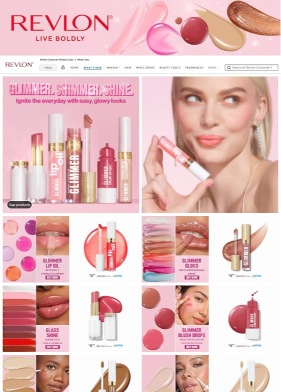
2. Marquee
This is more like a curated item display with some extra space for imagery and text, such as customer quotes and product descriptions.
For example, Lego has introduced their new series with descriptions and videos to express the idea behind this new launch.

3. Product grid template
Ideal for sellers to have one category to offer and have more than 8 product listings under that same category.
Take a look at how Beats has used product grid template to showcase their entire collection under ‘Shop all’
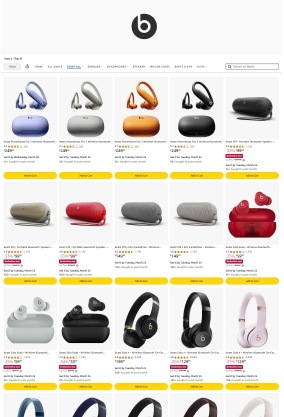
4. Blank
One can completely customize the layout here, giving you complete control over the layout and design.
So choose from one of these templates to proceed.
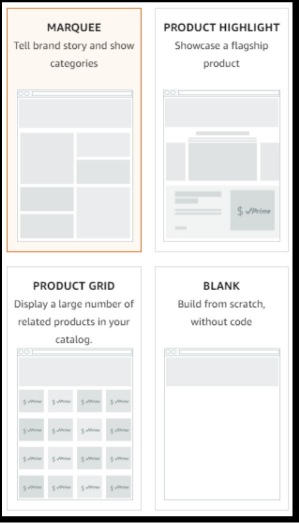
Learn more about the content tiles Here.
Curate an easier shopping experience for the customers
Create lists for better categorization according to trends. Say you’re a cosmetics brand. With the Idea List feature, you can curate collections of products according to trends such as ‘Euphoria looks’, ‘Barbie’, ‘mob wife makeup’, or ‘island girl’.
When you link a page with collections of products used in different looks, you make it easier for customers to recognize products that you used across different content pieces.
You can pin products or lists (up to 4 pieces) which has the most popularity or seasonal demand to help your audience find your products better with fewer clicks. Moreover, storefronts are also searchable via the search option.
Amazon Storefront example
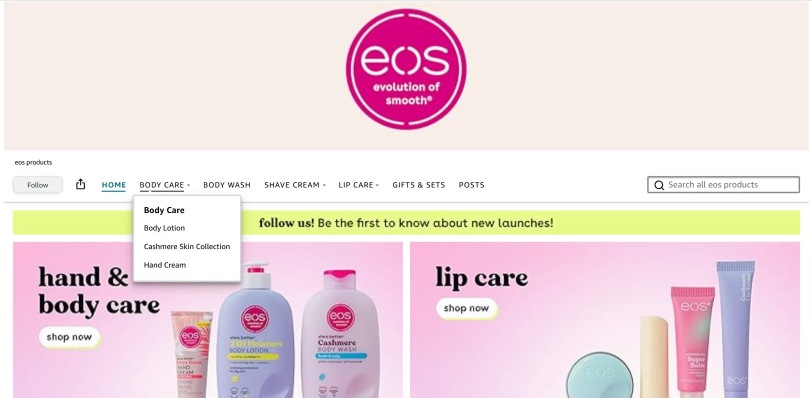
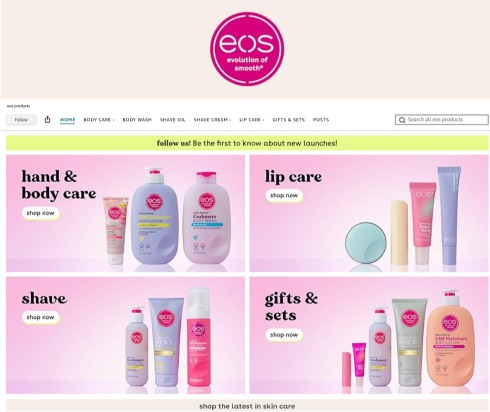
Take this EOS storefront, for example. Here, in this image, you can see they’re divided according to collections along with CTA buttons.
There is an Amazon Storefront search bar in case the audience wants to get directed to a particular product.
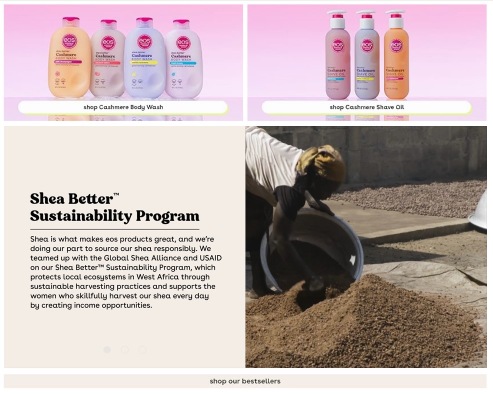
Here we can see how EOS has narrated how they ethically source their shea pods. How they’re harvested and the compliance to the sustainability program.
This will help them resonate with the brand narrative and will help environmentally conscious skincare enthusiasts connect better with the brand. Thus EOS is among some of the excellent Amazon Storefront examples.
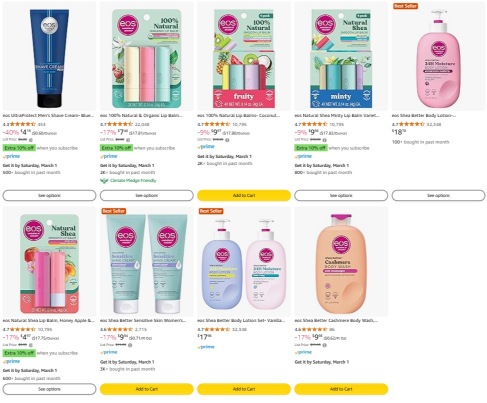
Here the brand gives you a snippet of the catalog page.
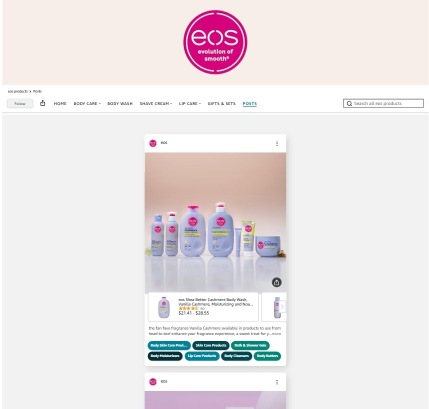
Here are the Amazon Posts from the brand that can be navigated from the Amazon Storefront. Posts are free to use, so whenever your customers Follow your Amazon storefront, whatever post you upload reaches them. This increases organic visibility. Imagine how useful this feature is to keep your customers updated about product upgrades or recent launches!
Final thoughts
With the help of the Amazon Storefront, customers can deep dive into a brand, explore products, and even share them with fellow enthusiasts using social media.
The storefront feature allows brands to have a dedicated and rich shopping experience that engages customers. Now it is easy to draw traffic to your storefront and maximize visibility via various channels.
Brands can add their social media handles to help the audience get to know them better and engage better.
Amazon influencers can curate a storefront of their own to streamline their recommendations.
Amazon came up with an update where you can edit your Storefront directly from that same interface, so no requirement of Associate Central or Seller Central for minor tweaks. So leverage this feature for a multichannel marketing strategy with a few clicks.
If you’re a brand owner looking for a solution to manage and streamline your visibility on Amazon, thus boosting sales and overall profitability, opt for SellerApp full account management services. Get in touch with us, here.
Additional Read:
What are the most popular items to sell on Amazon?
eCommerce Help Desk: What Is It and Do You Need One?
How to Sell Alibaba Products on Amazon.
How to contact Amazon Seller Support?




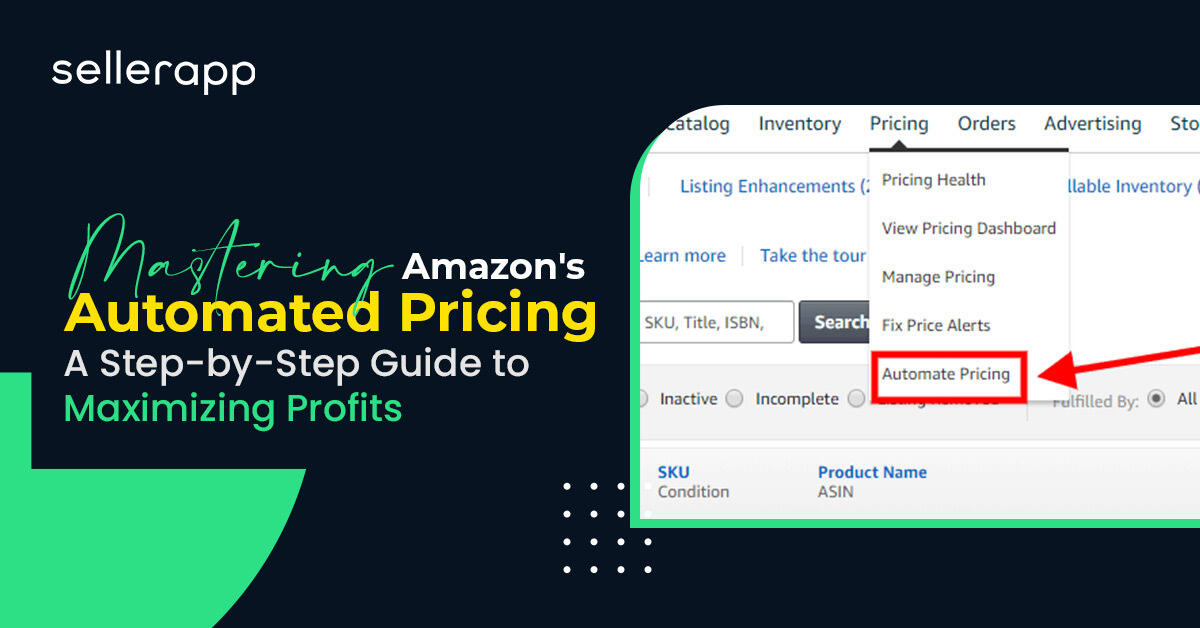
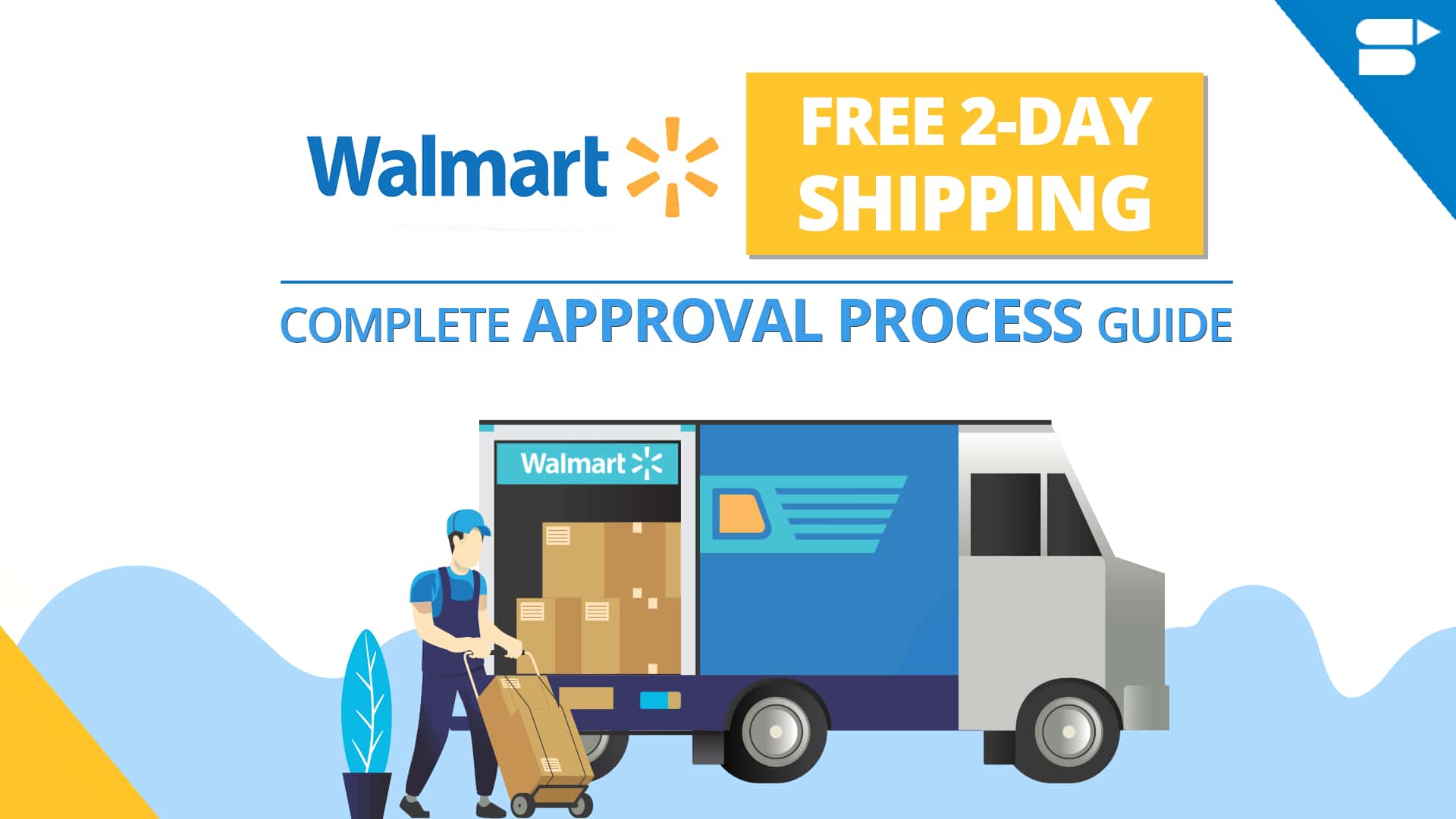


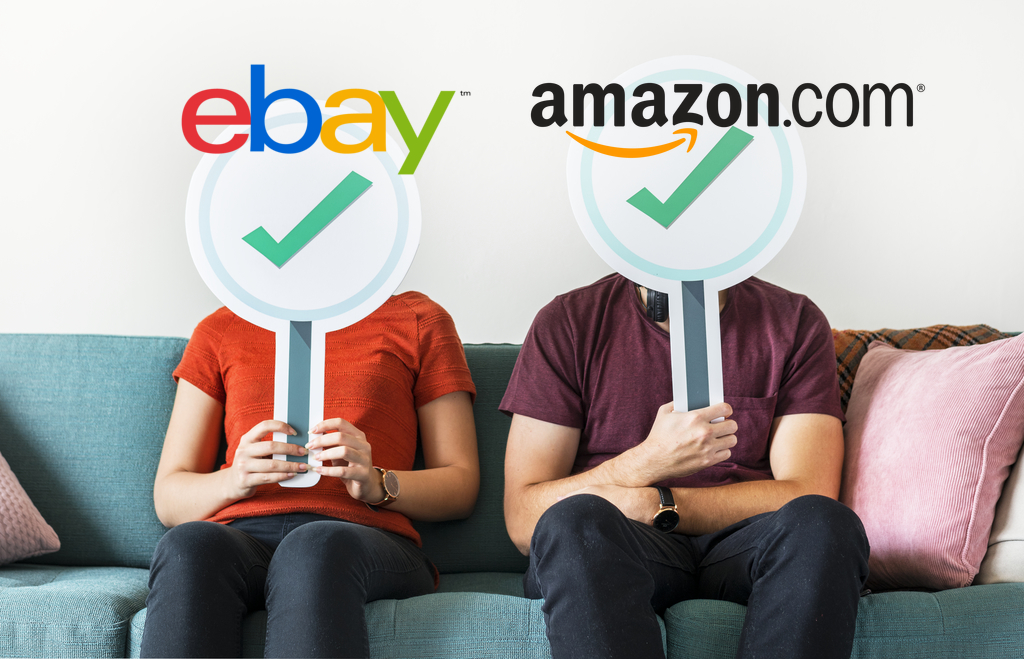

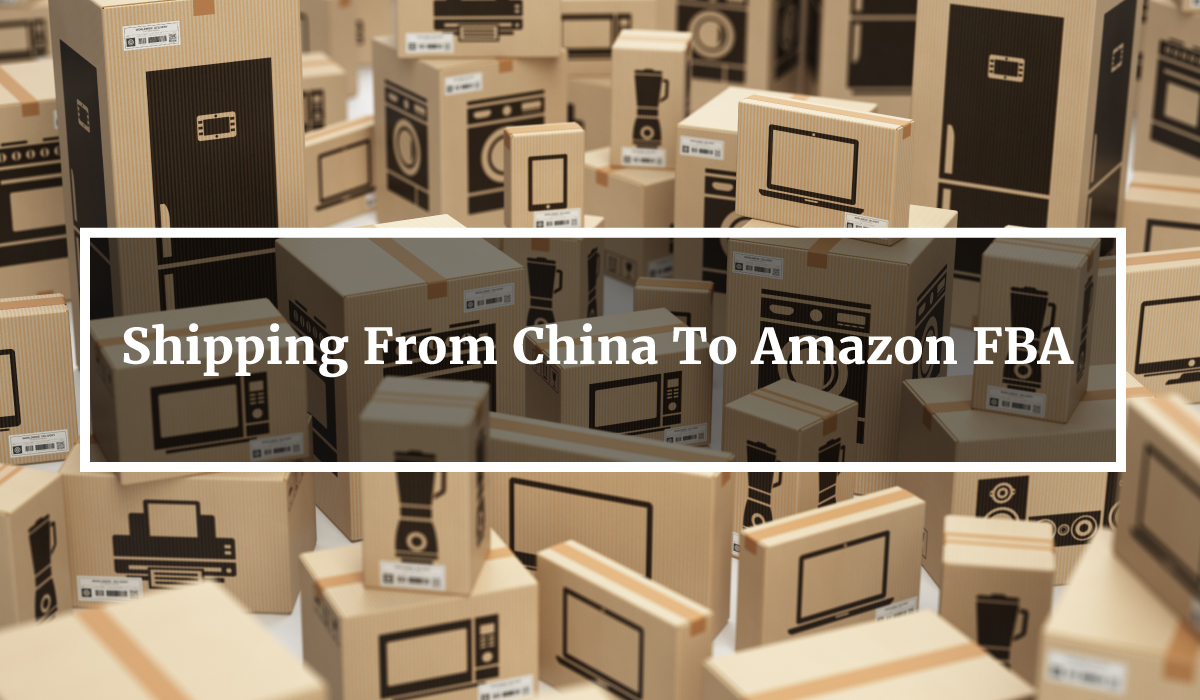
Prabs
May 20, 2021Thank you for being so supportive and insightful!!
Arishekar N
June 15, 2021Glad to know.
Madison
May 24, 2021Great Post!!
Arishekar N
June 15, 2021Thank you.
Sherley Romm
November 26, 2022Your guidelines on how to use custom graphics, videos, and audio to make the store more engaging are spot on. Thanks for sharing.
Arishekar N
January 17, 2023Thank you for your feedback.
Dave Sheehan
December 12, 2022Excellent post! Your explanation of the benefits of creating a branded store and the different ways to customize your store front was particularly enlightening.
Arishekar N
January 17, 2023Thank you for sharing your thoughts. Your comments always add to the conversation.